Complete guide to indoor light
All houseplants need some natural light, so they can produce energy, but they don’t all need the same amount. Here’s everything you need to know about light.
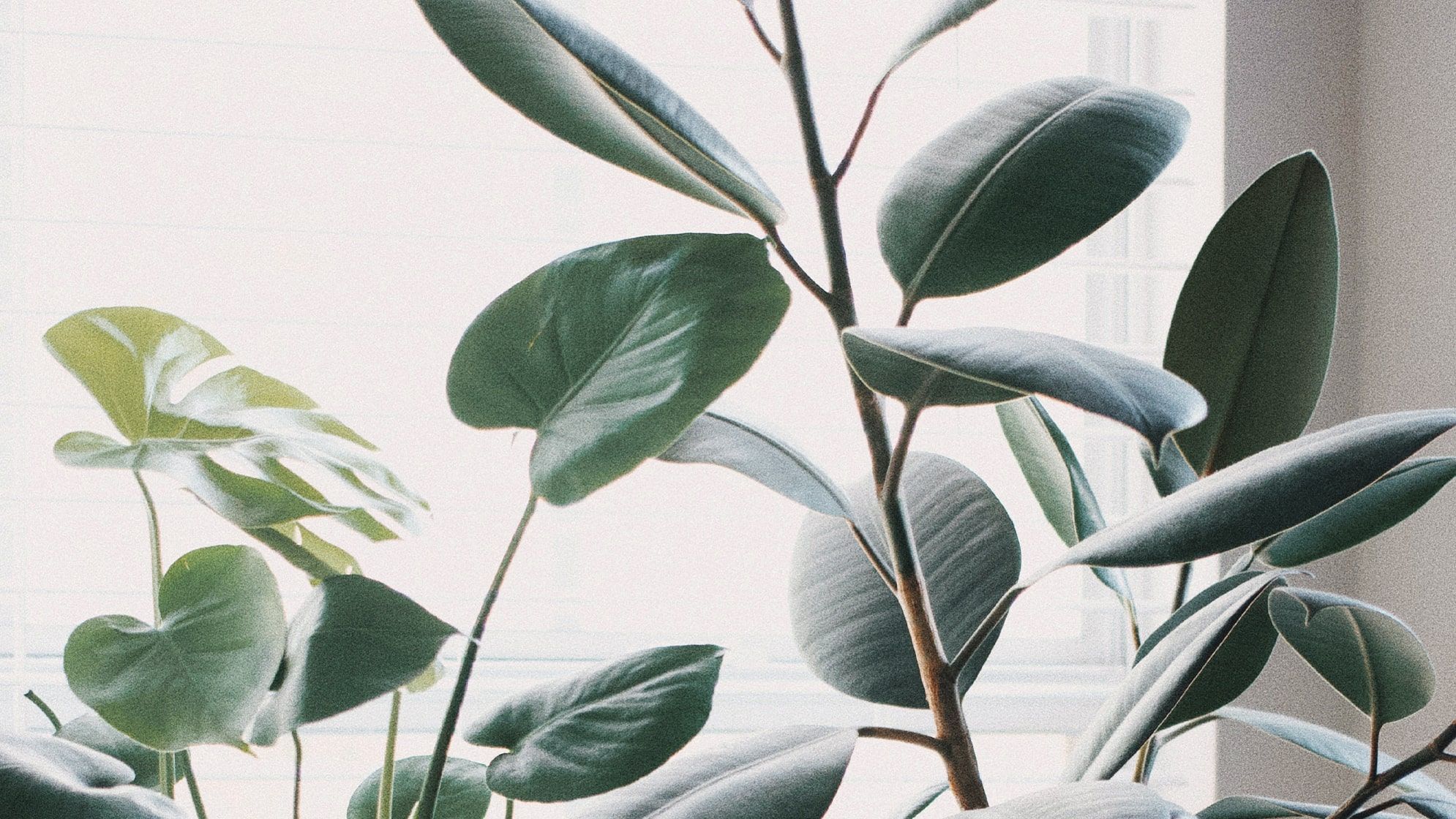
Before choosing plants for your space, work out what kind of light you have.
- All plants need light to survive
- If you have rooms with bright and shady areas, you can have any plant you like
- Shady rooms can still house plants, you just have to choose more carefully
- Light will be stronger in summer than winter
- Plants won’t grow in a windowless room (unless you buy grow lights)
Different rooms will have different levels of light. It’s easy to work out what kind of light you have. You’ll just need your hand (or any other limb).
Jump to
How do you know what kind of light you have?
How much light do plants need?
What are the different levels of light?
Can plants absorb artificial light?
Does the direction my home faces change the light?
How do you know if a plant isn’t getting enough light?
How do you know what kind of light you have?
Stand in the spot where you want to put a plant. Best to do this in the middle of the day, when the sun is strongest. Facing the nearest window, put your hand in front of you.
- If you feel the sun on your hand, this spot has bright light.
- If you see light on your hand, but don’t feel it, this spot has medium light.
- If your hand is mostly in shade, this spot has low light.
That’s a rough test, but should help you pick the right plants.
If you want to know more, let’s fully enlighten ourselves.

How much light do plants need?
The unhelpful answer is: it depends. As we all learned at school, plants need sunlight to produce energy, via photosynthesis. How much light a plant needs depends on where it lives in the wild.
Cacti are used to deserts, so they love lots of sun.
Most tropical plants, e.g. fiddle leaf figs, calatheas, monsteras, come from dense jungles, so they like medium light.
Ferns and pothos are used to deep shade, so they’ll take whatever they can get.
What are the different levels of light?
Bright light - Usually right next to a window. Also known as direct light. Some plants like loads of direct sun, but many will only cope with a couple of hours per day.
Medium light - A spot that feels well-lit but doesn’t get direct sunlight. Also known as indirect light.
Low light - A spot that gets little natural light but isn’t completely dark.
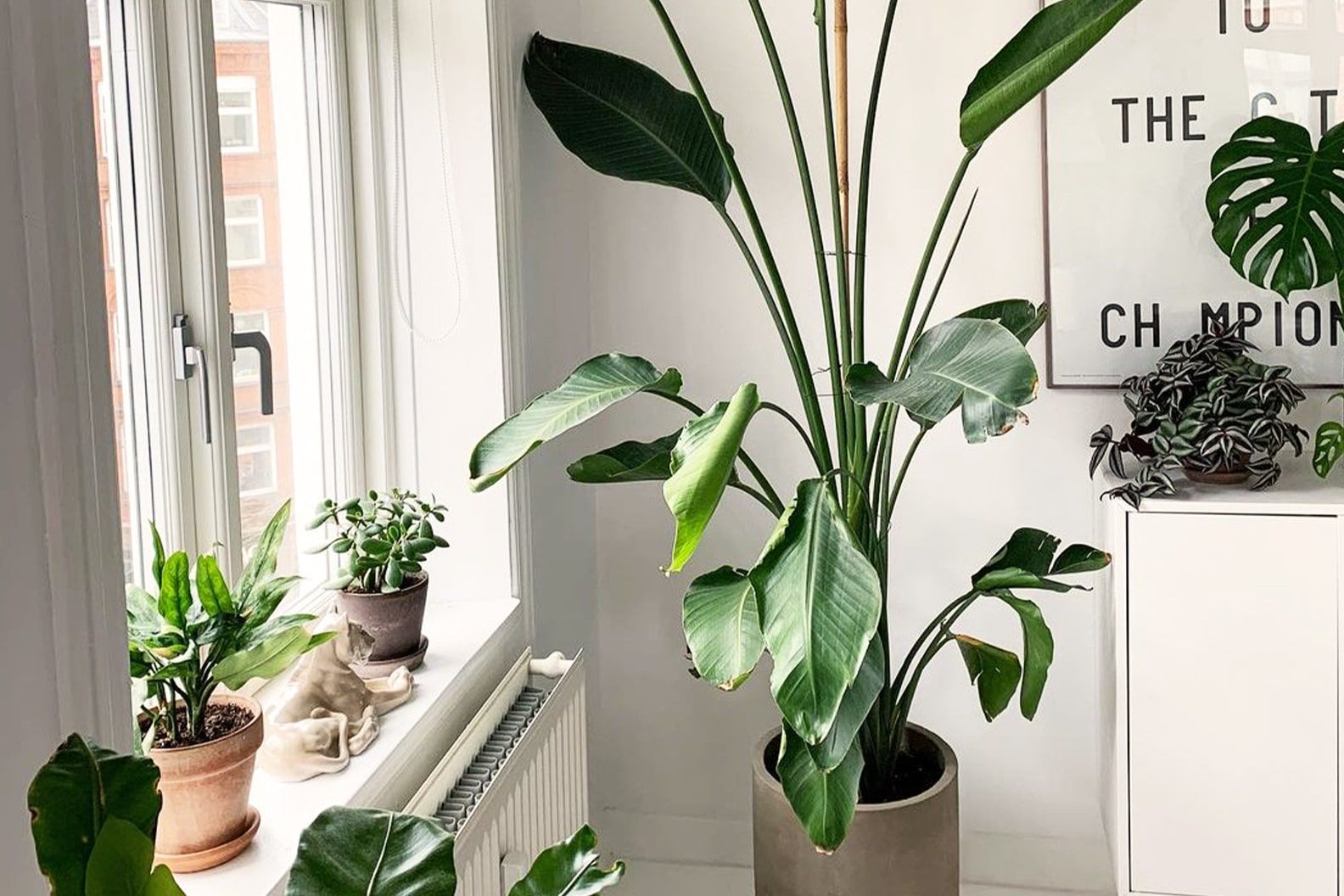
Can plants absorb artificial light?
Yes, plants can absorb any light that we can see. However, the amount of light generated by a standard lightbulb won’t be nearly enough for your plants.
You could get LED grow lights if you want to put plants in a room that gets little/no sun. They provide artificial light that’s strong enough to keep plants happy.
Does the direction my home faces change the light?
If you know which direction your room faces, it’s easy to know how much light it will get:
East-facing - Sun in the morning, before it gets too hot. East-facing rooms are great for most plants.
South-facing - Sun most of the day, but especially strong sun in the middle of the day. Most plants will find the light too strong next to the window, but be happy away from the window.
West-facing - Sun in the afternoon, after the hottest part of the day. West-facing rooms are great for most plants.
North-facing - Little sun through the day and no strong sun. North-facing rooms may be too dark for many plants but snake plants, zz plants and ferns will be happy.
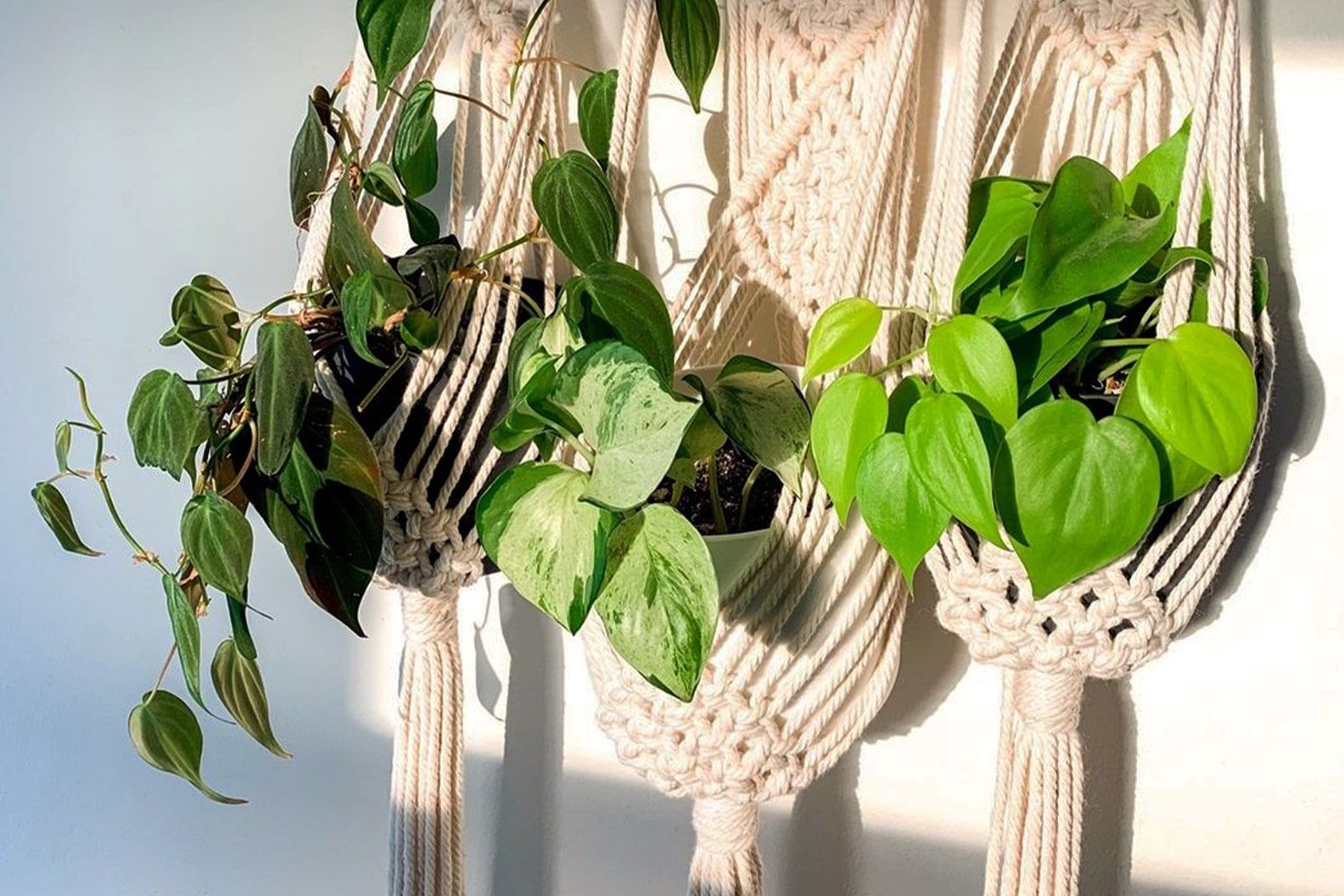
How do you know if a plant isn’t getting enough light?
There are several telltale signs your plant needs more light:
- ‘Leggy’ growth. This means your plant is growing tall but not adding many leaves. Plants lacking light try to grow straight up, hoping they’ll find more sun (which they would in the wild).
- Pale leaves. Especially true on colourful plants, like calatheas. Colours will fade without light.
- Dropping leaves. Your plant may drop a lot of leaves to preserve energy.
- Yellow leaves. A general sign of unhappiness in a plant.
How do you know if a plant is getting too much light?
Too much direct sunlight will cause burn marks, often on the leaf tips. Don’t confuse this with dry leaves. You’ll know a burnt leaf when you see it. It will look scorched rather rather than just shrivelled.
If your plant looks burned, move it out of direct sunlight.

How does light change with the seasons?
Sunlight is at its strongest in summer. Direct summer sun will be too much for most plants.
In winter, days are shorter and the sunlight weaker. It’s a good idea to move plants closer to a (non-draughty) window, so they get more sunlight. The sun won’t be strong enough to burn them in winter.
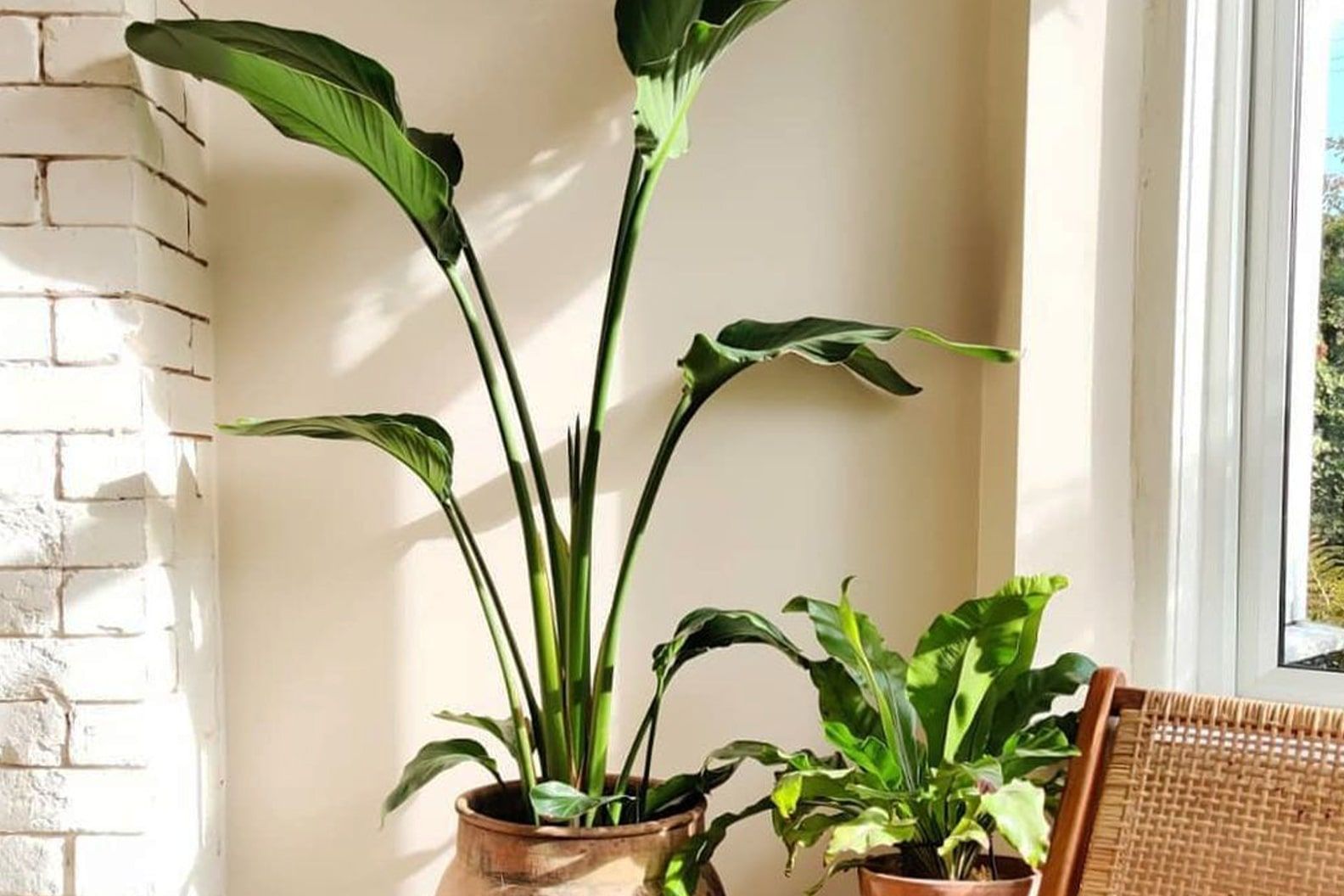
Congratulations, you’re now an expert on light! We hope you found this illuminating.
In this article
Rewild your inbox
Plant tips. Special offers. No spam.
You might like
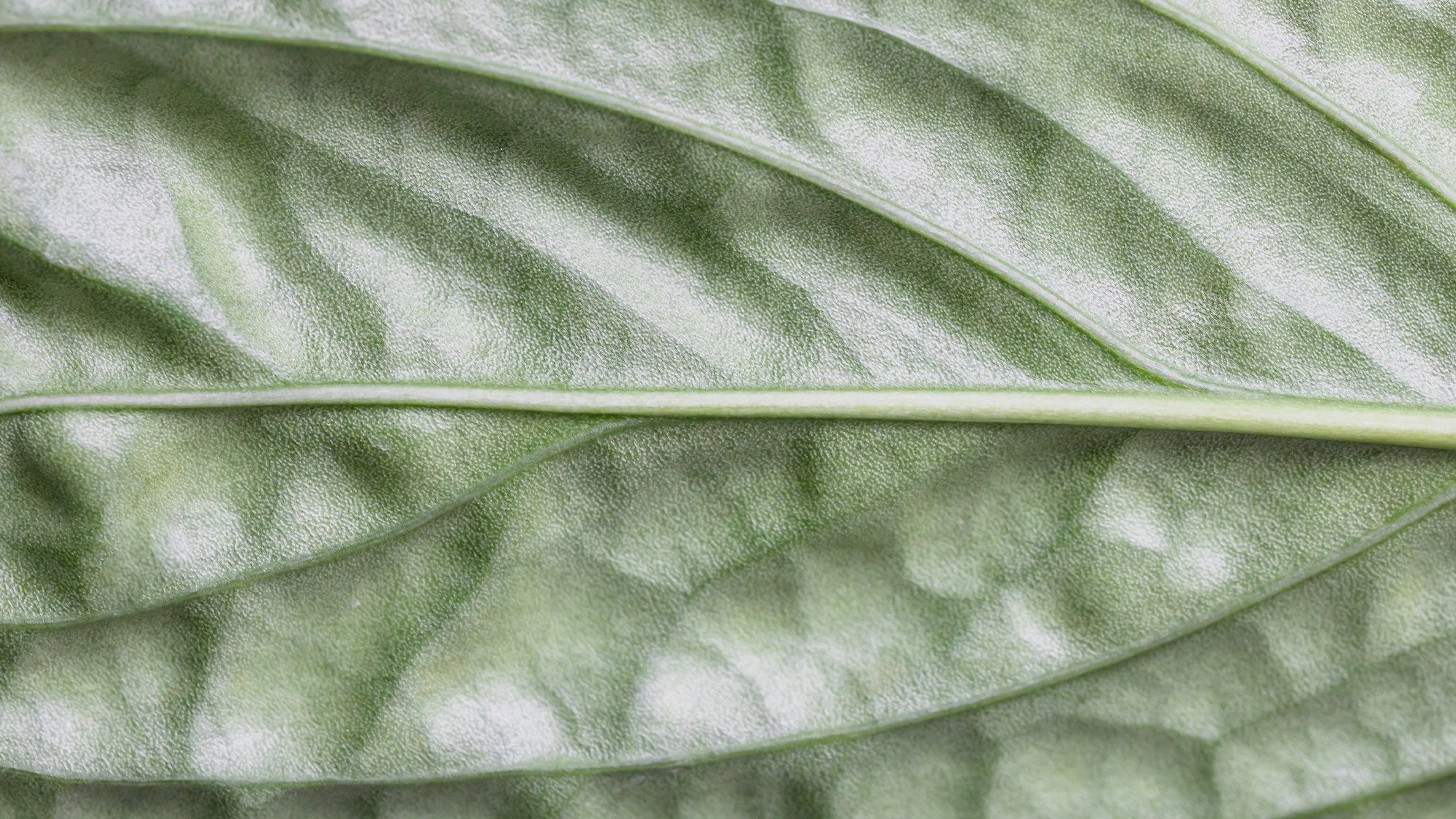
Why is my plant losing its colour?
Leaves looking faded? Let’s fix it
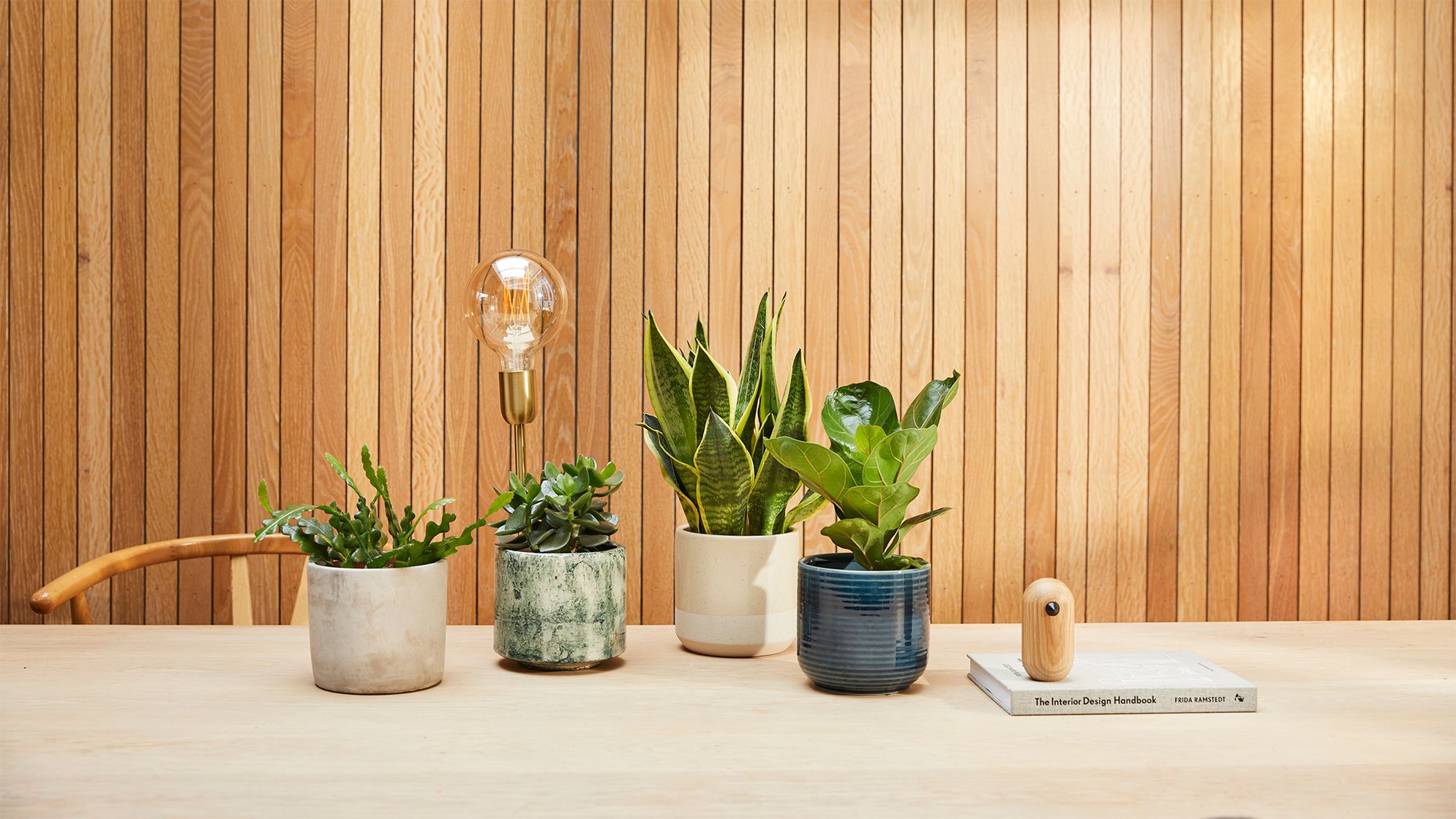
How to care for your houseplants in summer
They love it as much as you do

How to make your plants dog-friendly
Help your furry friend and plant pals get along


















